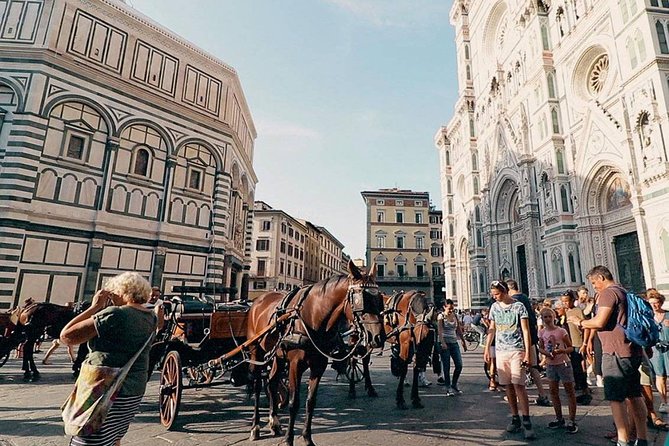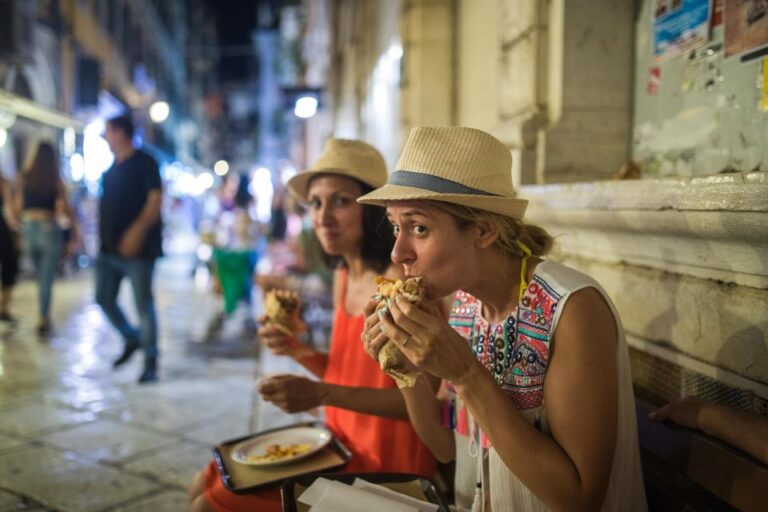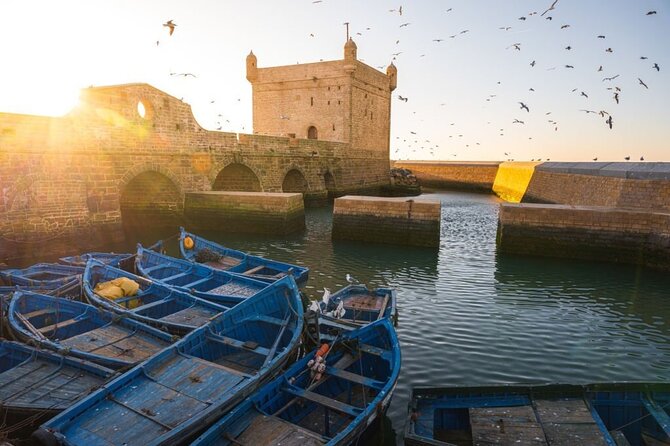Lisbon’s African History and Heritage Walking Tour offers a captivating journey through the city’s rich cultural tapestry. Guided by experts, visitors explore the historic Alfama district, unraveling the intricate connections between Portugal and diverse African nations. From the ornate Chafariz DEl Rei fountain to the haunting legacy of the Campo das Cebolas, this immersive experience sheds light on Lisbon’s enduring ties to the African continent. As you explore the nuanced narratives woven throughout the tour, you’ll gain a deeper understanding of how Africa’s influence has indelibly shaped the city’s identity and history.
Key Points
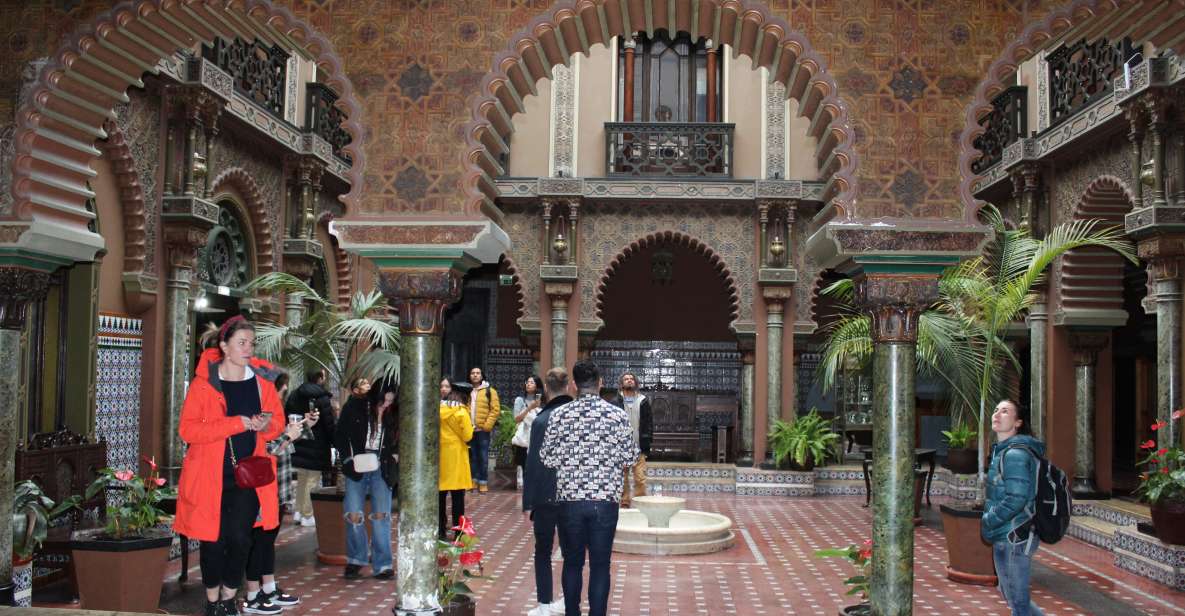
- The tour immerses visitors in Lisbon’s rich African heritage, exploring the enduring legacy and significant role of the African community in the city’s history.
- Key landmarks, such as the Chafariz DEl Rei fountain and Campo das Cebolas, offer a powerful exploration of Lisbon’s African heritage and the lasting impact of the transatlantic slave route.
- The tour provides a glimpse into the complex history of African presence and influence in Lisbon, examining how historic events and their aftermath shaped the evolving relationship between the city’s diverse populations.
- The tour explores the melding of African traditions and Catholic practices, as well as the role of the church in both facilitating and limiting the integration of Africans, shedding light on the lasting impact on the cultural landscape and identity of the city.
- The tour highlights Lisbon’s African connections woven into the fabric of its culture and architecture, offering a unique insight into the city’s multifaceted history.
Tour Overview

The 3.5-hour walking tour in Lisbon’s historic Alfama district immerses visitors in the city’s rich African heritage and its connections with diverse cultures.
Guided by knowledgeable experts, the tour explores the enduring African legacy in Lisbon, uncovering the significant role this community played throughout the city’s history.
Participants will discover the origins of the transatlantic slave route, which began in Lisbon, as they visit key landmarks like the Chafariz DEl Rei fountain and the Campo das Cebolas, the former port where the first African slaves arrived in Europe.
The tour offers a unique opportunity to explore the complex narratives of integration, cultural exchange, and the lasting influence of Africa on Lisbon’s identity.
Key Landmarks

Chafariz DEl Rei, a historic fountain, showcases the social class division during the Middle Ages, with Africans prominently represented in its intricate carvings.
This landmark provides a glimpse into Lisbon’s complex history, where the paths of different cultures intersected.
Campo das Cebolas is an old port where the first African slaves arrived in Europe.
Praça do Comércio is an emblematic place that was once a site of slave trade events.
These key landmarks offer a powerful exploration of Lisbon’s African heritage and the lasting impact of the transatlantic slave route.
Neighborhoods and Integration

Lisbon’s Baixa, a central neighborhood destroyed by the 1755 earthquake, provides a poignant backdrop to discussions about African integration into the city’s fabric. The tour explores how this historic event and its aftermath shaped the evolving relationship between Lisbon’s diverse populations.
The Rossio, a central place, also serves as a site for discussions on African integration and the creation of colonies.
The tour visits Rua Cor de Rosa, where African women once provided various services, shedding light on their integral role in the city’s economic and social structures.
These neighborhoods offer a glimpse into the complex and multifaceted history of African presence and influence in Lisbon.
Religious Influence
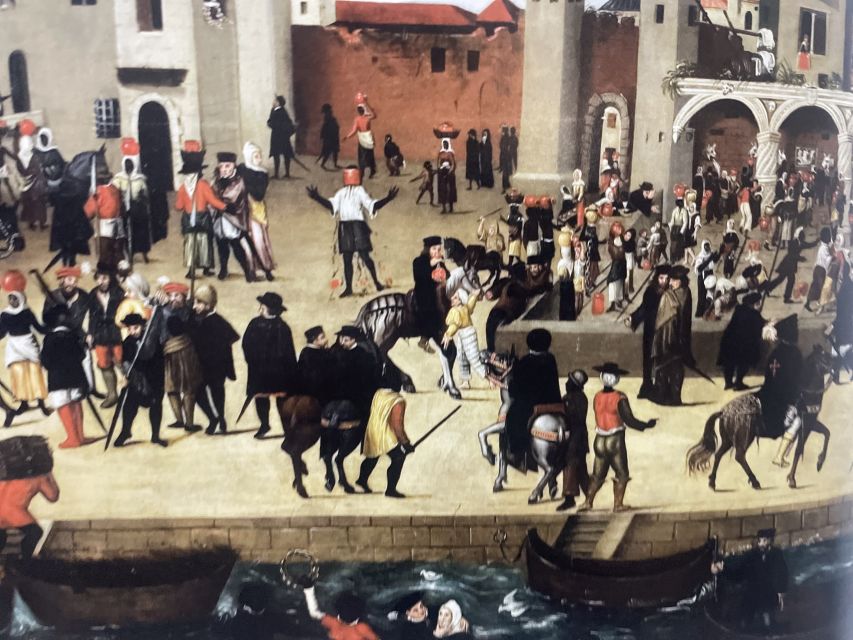
Delving into the religious influence, the tour explores how Africans integrated into Catholicism through the Church of S. Domingos, shedding light on the complex relationship between African heritage and the dominant religious institutions of the time.
The church’s history offers insights into:
- The melding of African traditions and Catholic practices, as Africans adapted their beliefs to the new faith.
- The role of the church in both facilitating and limiting the integration of Africans into Lisbon’s society.
The lasting impact of this religious exchange, which shaped the cultural landscape and identity of the city.
Through this lens, the tour provides a nuanced understanding of the multifaceted African legacy in Lisbon’s religious and social fabric.
Architecture and History
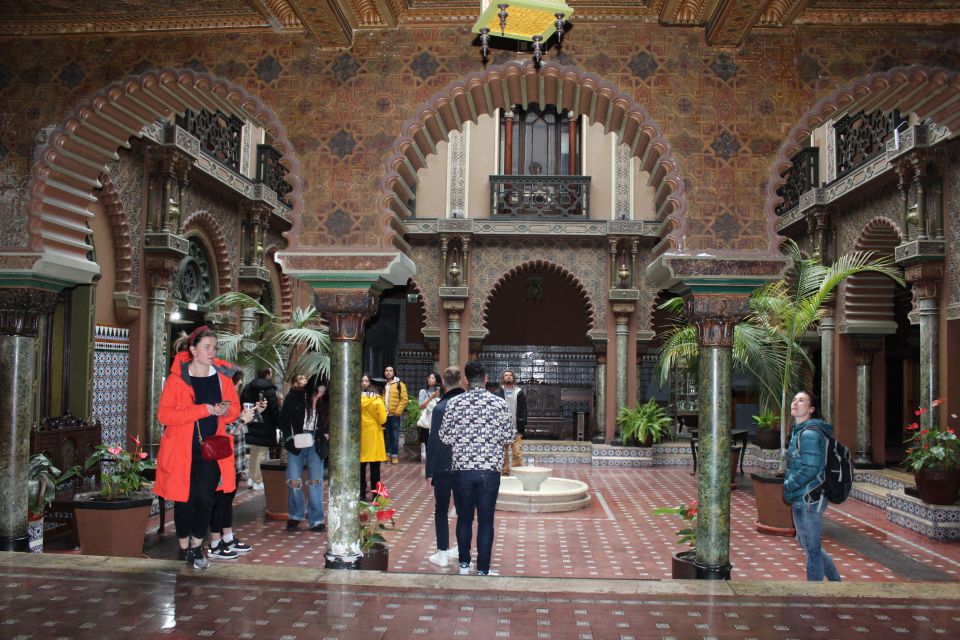
The Rossio Train Station, with its Manueline architectural style, stands as a testament to Portugal’s colonial aspirations during the pivotal Berlin Conference of 1884.
This grandiose structure, replete with intricate stone carvings and ornamental flourishes, reflects the nation’s ambitions to solidify its global reach and influence.
The Manueline style, named after King Manuel I, blends Gothic and Renaissance elements, showcasing Portugal’s maritime explorations and connections to the world beyond Europe.
As visitors explore the station’s opulent interiors and elegant exterior, they’re transported back to a time when Portugal sought to expand its colonial empire, a reality that deeply shaped the nation’s history and the experiences of those it sought to dominate.
Social Class Division
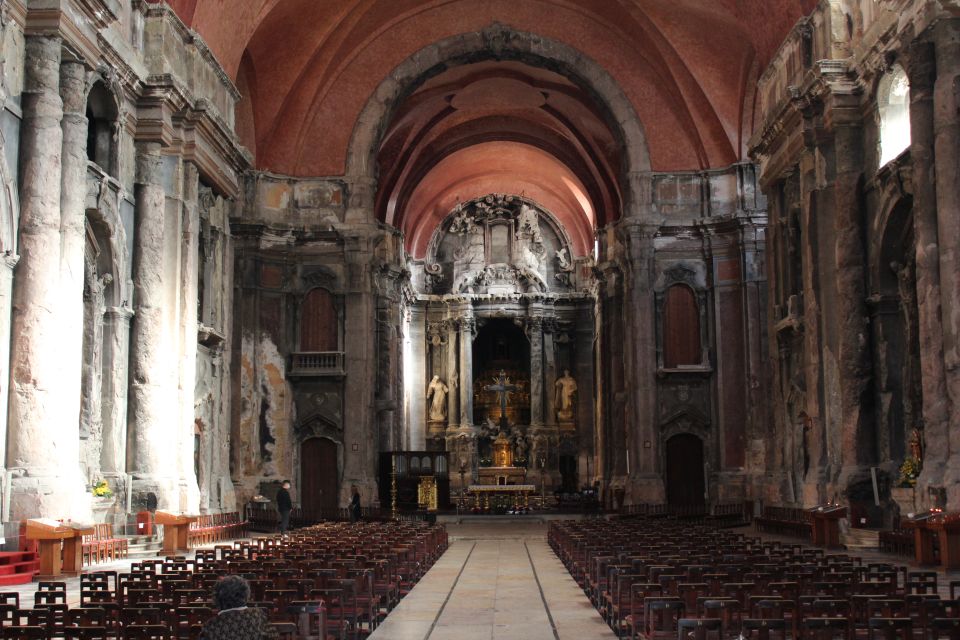
Stark social divides permeated Lisbon’s urban landscape during the Middle Ages, as evidenced by the Chafariz DEl Rei fountain, which visually symbolized the profound class disparities of the era.
The fountain’s architectural features starkly contrasted the social strata, offering a window into the inequalities that defined medieval Lisbon.
This iconic landmark depicted:
- Ornate upper-class designs on the main section
- Simpler, utilitarian spouts for the lower classes
- Figures representing Africans, highlighting their subordinate status
This public display of class division was a tangible manifestation of the deeply rooted social hierarchies that permeated Portuguese society at the time, setting the stage for the country’s complex colonial history to unfold.
Transatlantic Slave Route
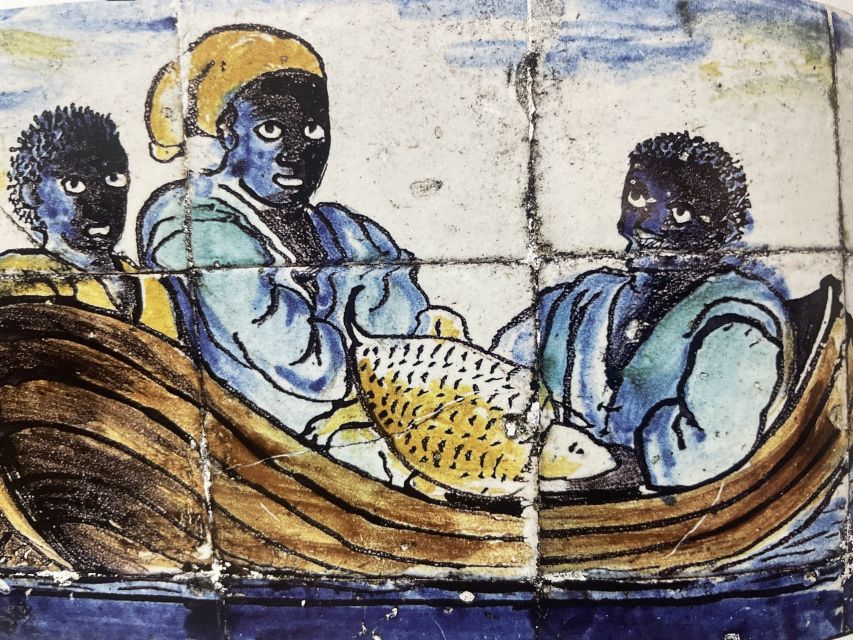
Campo das Cebolas, Lisbon’s old port, bore witness to the first African slaves arriving in Europe, a chilling reminder of the city’s central role in the transatlantic slave trade. This shameful chapter in history saw millions of Africans forcibly transported across the Atlantic, their lives forever altered by the horrors of enslavement. As visitors stand in this historic location, they can’t help but reflect on the immense suffering and injustice that occurred here.
| Key Facts | ||
|---|---|---|
| First Africans Arrived in Europe | Millions Enslaved | Lisbon’s Central Role |
| Campo das Cebolas witnessed the arrival of the first African slaves brought to Europe. | The transatlantic slave trade resulted in the forced transportation of millions of Africans. | Lisbon played a central role in this horrific chapter of history. |
African Legacy in Lisbon
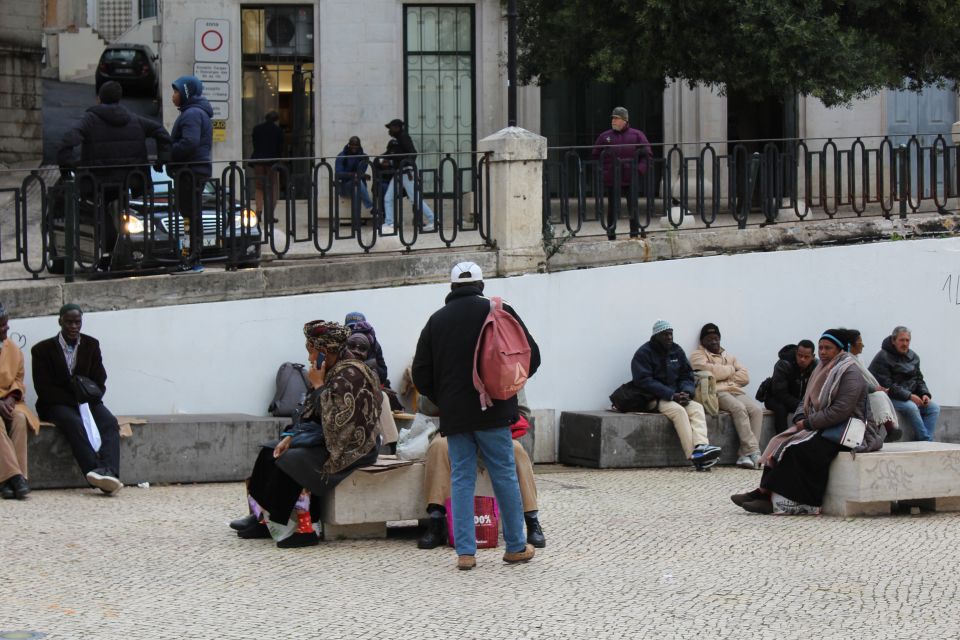
Amidst Lisbon’s winding streets and historic neighborhoods, the city’s deep African connections become palpable, woven into the fabric of its culture and architecture. Exploring the African legacy in Lisbon offers a unique insight into the city’s multifaceted history:
The Chafariz DEl Rei fountain, with its depiction of Africans, serves as a poignant reminder of the social divisions during the Middle Ages.
The Campo das Cebolas, the old port where the first African slaves arrived in Europe, stands as a somber testament to the transatlantic slave trade.
The Praça do Comércio, an emblematic place, was once a site for slave trade events, underscoring the profound impact of the African diaspora on Lisbon.
Recap
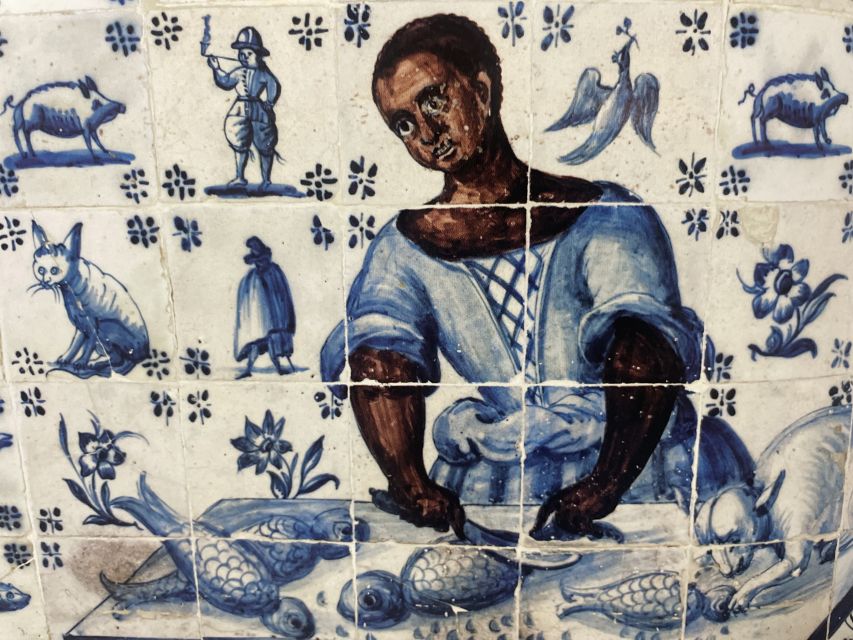
The African History and Heritage Walking Tour in Lisbon offers a captivating journey through the city’s enduring connections to diverse African cultures.
Visitors will explore iconic landmarks, uncover the profound religious and architectural influences, and gain a deeper understanding of Lisbon’s complex social history, including its role in the transatlantic slave trade.
This immersive experience leaves a lasting impression, celebrating the indelible African legacy that continues to shape the vibrant identity of Portugal’s capital.

